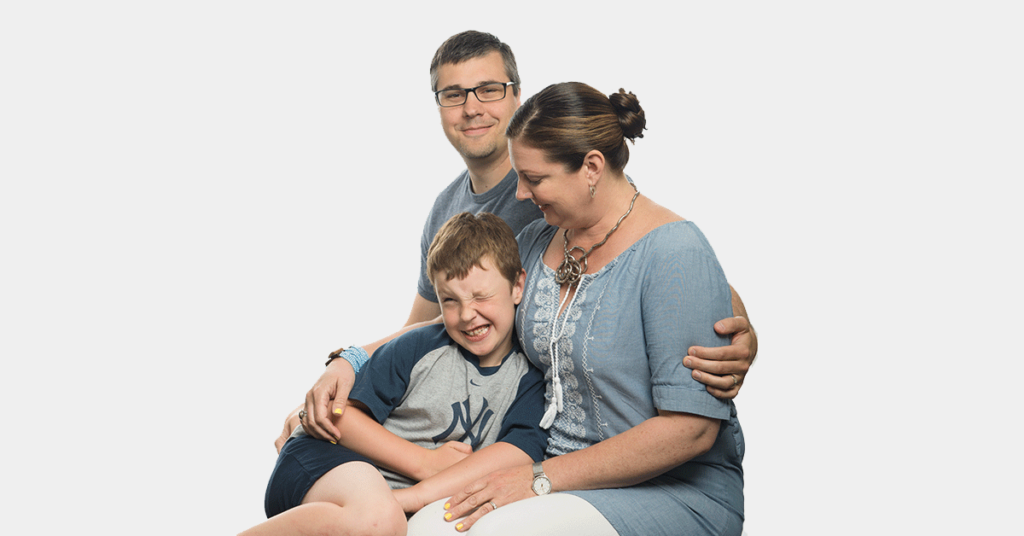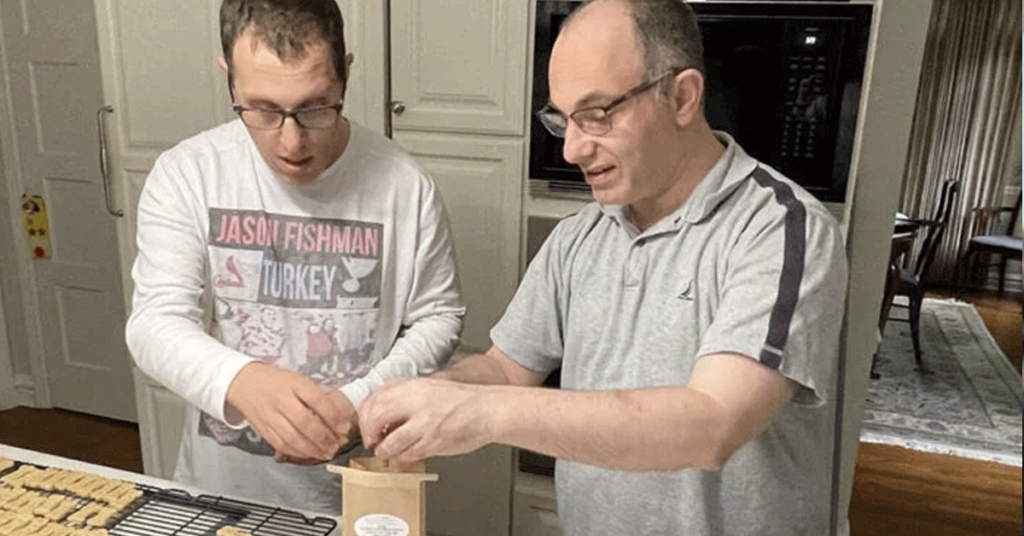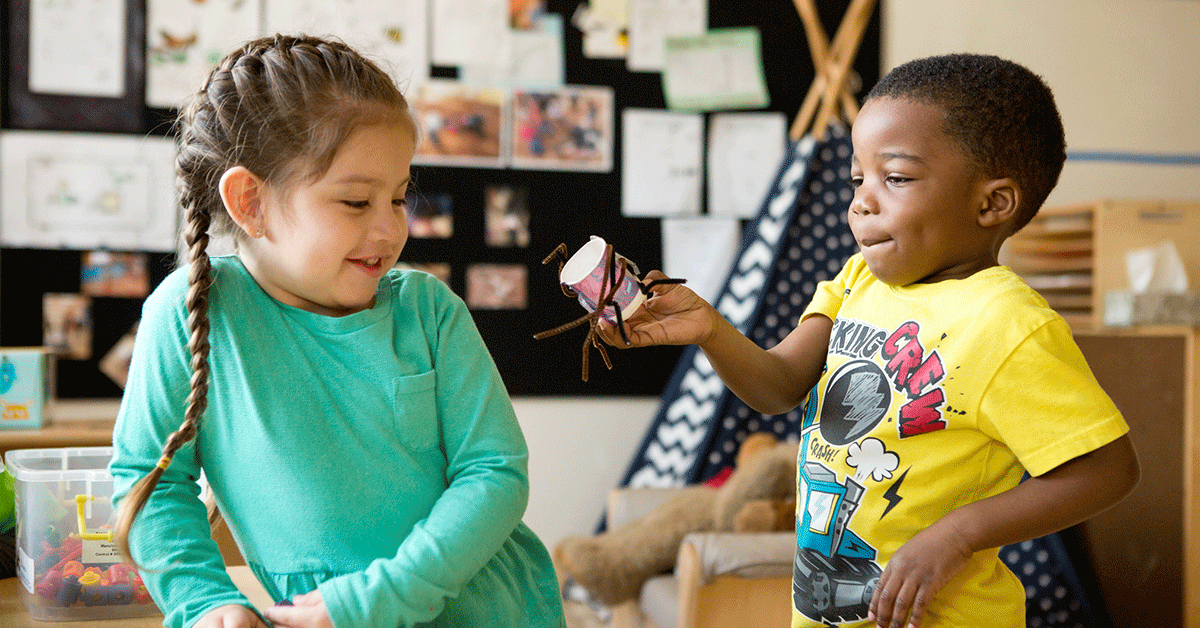Fragile X Syndrome | Directory

An overview of Fragile X syndrome. Topics include adulthood, autism, caregiving, daily living strategies, females, learning and school, managing behaviors, medication, physical and mental health, and puberty and sexuality.
The Basics

Fragile X Syndrome
An overview of Fragile X syndrome — or FXS — and how the inherited disorder affects intellectual, behavioral, and social development in both males and females who have a full mutation of the FMR1 gene.
FXS Topics

Adulthood
Difficulties in adulthood often begin with the transition from adolescence into adulthood. However, with support and intervention strategies, adults with Fragile X syndrome can lead fulfilling and meaningful lives.

Autism
Families and some providers are often confused by the relationship between Fragile X syndrome and autism. Understanding these distinctions is important when deciding on interventions.

Caregiving
Caregivers may be family members, friends, or paid professionals who support someone unable to care for themselves in some or all areas of life. This is often difficult for both the caregiver and their loved one.

Daily Living Strategies
Daily living skills include feeding, personal care, sleep, social skills, speech and language, toileting, play skills, and fine and gross motor skills.

Females
Females with FXS experience both lesser frequency and severity of symptoms versus their male counterparts, but females present their own unique variety of challenges.

Learning and School
With appropriate support and accommodations, children and adults with FXS can develop their cognitive and social skills and progress academically. Special education programs and therapies can help them achieve their full potential.

Managing Behavior
There are commonalities in behavior challenges in FXS, including intensity, frequency, and duration. These behaviors are influenced by various factors and it is critical to address behavioral concerns with an individualized approach.

Medication
Though several common symptoms and conditions are treated with the same medications as the general population, medications are sometimes helpful in attaining life skills and integrating into educational, adult, and social environments.

Physical and Mental Health
Physical health concerns are mostly related to loose connective tissue can occur. These include hypotonia, hyper flexibility, flat feet, recurrent ear infections and mitral valve prolapse. Seizures, precocious puberty, and ophthalmic issues can also be present. Mental health topics include ADHD, anxiety, executive functioning, and mood disorders.

Puberty and Sexuality
Depending on their age, it’s necessary to approach teaching children about relationships, the difference between public and private, body changes, feelings and emotions, reproduction, STDs, birth control, and how to keep themselves safe. You may even find you need a refresher for yourself before approaching the subject.


